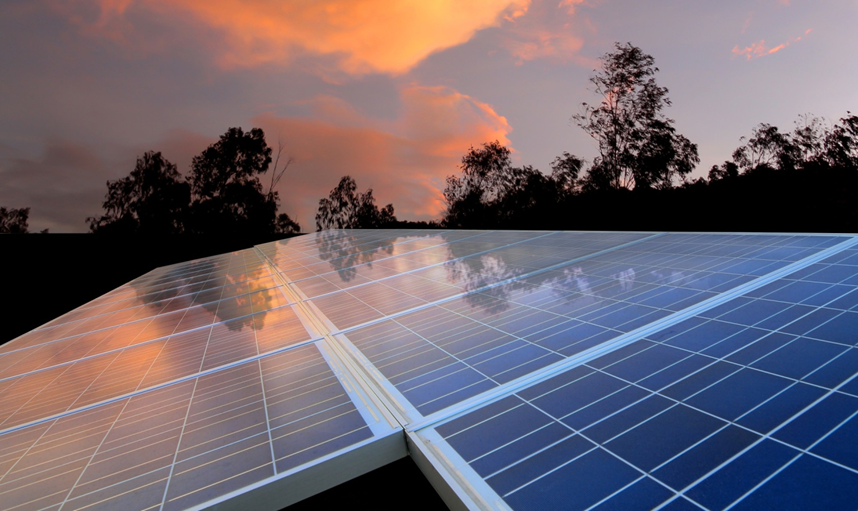As climate change looms ahead of us, finding ways to practice sustainability at home is on the rise. You’re not alone if you want to do your part to help mitigate your own environmental impact.
Homeowners in all places across the U.S. have turned to solar energy as a power source. Solar power is one of the cleanest energy sources available and is gaining in popularity.
If you’re installing a home solar power system, you’re now one of the 12 million American homes to make this move. Read on for five things you need to know about solar energy.
Key Background on Home Solar Power Systems
Installing solar panels doesn’t have to be a scary or confusing process to undertake. The usual time to install takes 1-3 days, but different factors may impact this. This can include the size of the panels, your property size, or the permit process in your area.
Monocrystalline, polycrystalline, and thin-film panels are the three options you’ll have. Each option has its own pros and cons to consider for your green energy choice.
Monocrystalline panels are the most common and aesthetically pleasing panels on the market. Their high energy efficiency helps boost popularity, but also the price.
Polycrystalline panels are the most cost-efficient, but considerably less pleasing to the eye. They’re also less efficient than monocrystalline panels, so many homeowners go with monocrystalline.
Thin-film panels are almost all installed for commercial or large-scale purposes. Their efficiency is lower than polycrystalline, and they have a much shorter lifespan.
Here are five things to know before installing your own solar system at home.
1. Stay On or Go off the Grid
When you switch to solar energy for your home’s power, you can choose how you want to get connected. In more populated areas, connecting to local existing solar grids is most workable.
If you live in a remote area; however, you may want to set up your own personal grid. This will help you avoid paying the cost per mile to run lines from the closest existing grid to your home.
2. You Can Get Credit to Run on Solar Power
The Energy Policy Act in 2005 set forth measures to incentivize green energy usage. The solar tax credit allows for a deduction on federal taxes from the panel installation.
The initial coverage period extends to the end of 2020. Despite this, there are still many benefits that homeowners can see through 2022 and on.
3. You Can Sell Your Surplus Energy
If you live in a warmer, sunnier location, you may end up over-producing power for your house. That excess energy is surplus and can be sold back to the local electric company for your profit.
If you then find yourself consuming more energy than usual, you can buy back that surplus to use for your home. You can use that energy for your home’s heating and cooling throughout the seasons.
Getting involved with green and sustainable practices leads you to recycle a lot.
4. A Home Solar Power System Is Low-Maintenance
Unless your panel installation goes wrong, you shouldn’t have much maintenance to handle. The general solar panel structure is pretty uncomplicated given the complexity of what they do.
Aside from the occasional panel cleaning you may want to get done, you aren’t likely to have major issues. Selecting a reputable installer will help you avoid problems and give you a network to rely on if you do.
5. Solar Panels May Increase Your Home’s Value
Solar panels may also increase the selling potential for your home down the road. A home panel array can draw in those focused on green initiatives and sustainability.
Increased selling potential also has a lot to do with whether you bought or leased the equipment. If buyers have to enter deals with third parties just to buy the home, they may be turned off.
Flipping the Green Switch
It’s easy to see why homeowners are moving to home solar power systems with all of their incentives and environmental benefits. So the question remains, will you?
If you’re looking for tips on other ways to create and live a green lifestyle, check out our blog for more information.


